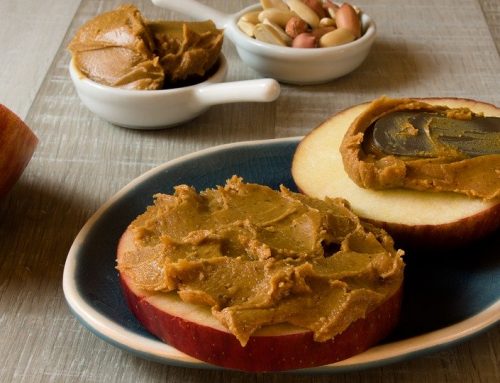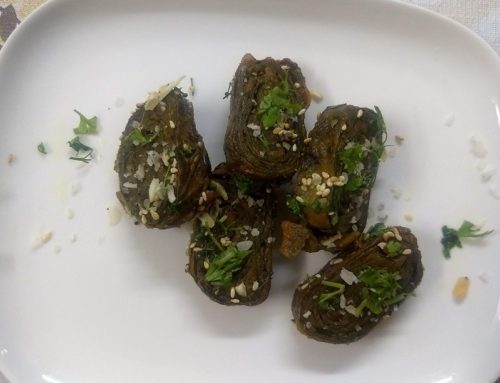The third (and the last) part of this post is about the Learnings from Anu’s solids journey so far. And of course about the course correction (based on our Learnings) we did (and continue to do) to ensure ‘happy’ mealtimes while striving for a balanced and nutritious diet.
To read about first 2 parts of this post, clicks on the links below:
Part 1 – Guidelines to introduce solids
Part 2 – Details of transition: adding meals, introducing different food items, cooking baby food, self feeding and weaning
Key Learnings
Keep mealtime stress free
A common anxiety shared by many fellow moms is about their baby being a fussy eater. Or baby not finishing the food on the plate for more than an hour. Many moms invariably associate baby’s mealtime with stress.
Few days in our solids journey I realised that to keep Anu’s interest in food, its essential to keep her meal times stress free, for her as well as for her father and me. To achieve that, refraining from force-feeding Anu was crucial. So she eats as much as she wants (or as little as she wants). On few occasions, we do try to force feed her but strictly not more than 1-2 morsels (and mostly when its a new food item). Its a ‘very very patience building’ exercise to refrain from force-feeding your baby when she refuses to eat.
Change is good
Babies have a fickle taste when it comes to food :-). Or they get bored quickly. At least mine does on some occasions (and with some food types). I have now learnt that egg should sometimes be served as hard-boiled, or scrambled or omelette but not in the same form repeatedly. Now we occasionally try to tweak few regularly cooked dishes or cook some food items in different ways. It brings a pleasant change to the dining table for all family members :-).
Respect baby’s likes & dislikes
I also learned that it is essential for the baby to lead this journey. It is okay for your baby to have preferences (for food’s type, texture or portions). Respecting baby’s likes and dislikes can reduce the fuss around food. Of course, as parents, we need to make sure baby gets a balanced diet. Which can be tricky; to provide a balanced diet without forcing yet ensuring that baby doesn’t become too picky/choosy.
We avoid forcing Anu with pre-decided meal portions. Just like while breastfeeding baby decided when to stop each feed, we let her decide how much she wants to eat. Also, if Anu shows dislike for any particular food item, I push it out of the menu but only after offering it for 2-3 days (mum got to keep trying :-P). I do try to re-introduce the same food item after few days or weeks. Surprisingly she has accepted most of such food items, which she initially disliked, in 2nd or 3rd attempt.
She has an aversion to holding/eating most fruits by herself (she dislikes the wet, squishy texture). But she is okay to eat most of these fruits if someone feeds her (or we mix it in her porridge or pancake). We are slowly working towards her aversion by making her play with fruits (not during mealtime). Nowadays she is okay to hold, squeeze and sometimes even peel/pulp them. Small step but fingers crossed that she would soon eat these fruits by herself.
I like to believe that respecting her likes and dislikes has resulted in fuss-free meals, on most of the days. She is usually eager to try new food items. And she accepts most of the food that we serve her (few food types, as mentioned earlier, do need more than one attempt for her seal of acceptance).
Inculcate routine and discipline
We try to maintain a routine around her mealtime. She has broadly fixed meal times (fortunately her schedule set in without much effort, thanks to her daycare). She has her meals on her high chair or seated on the floor in one place. Initially, she showed some resistance to finishing her meal in one place. We would still encourage her to eat at least 50-75% of her food while sitting in one place. Gradually she associated high chair to meal time. Now she finishes her meal, fuss-free, on her high chair (of course there are exceptions, but they are becoming fewer).
Also, I don’t keep feeding her till she finishes the food on her plate. She usually eats her meal in 15-20 minutes (whole food on her plate or even a 2nd serving). Beyond 30 minutes she is too distracted to concentrate on eating. Also, I feel that long mealtime session is not sustainable, it is bound to frustrate parents after a certain point. So, we do not extend her mealtime more than 30 minutes. Beyond that, only if she communicates(by hand gestures) that she still wants to eat, her meal continues.
Avoid distractions
I try to ensure she has no or few distractions when eating. Active screens are a strict no-no during meal time. But if she appears distracted, I let her have an empty bowl and a spoon or one of her favourite toy to play with during meal time. But even with a toy, we try to pretend play ‘feeding toy’ :-P.
We try to have at least 1 meal together as a family. We engage her in talks and encourage her to communicate her likes and dislikes. Since she turned 13 months old, she indicates, by hand gestures, when she likes something. She also demands a 2nd serving, if she wants. She shows her preference to eat a specific item on her plate over others. She is also assertive about eating on her own or being fed. On many occasions, especially when served with her favourite food, she is so involved eating it that she does not even look around (I wish these days to be more frequent). I guess not having distractions while eating keeps her more involved in her meals.
Be patient during temporary appetite loss
When your baby is sick, food intake can reduce. It is a harrowing sight for a mother to see a sick child who is not eating. But with experience, I have learned to be patient and not stress about food, even if Anu misses a meal when she is sick. Appetite comes back once baby recovers; we just need to play the ‘patience’ tune till then :-).
Not just sickness, even when baby goes through phases of teething, or achieves a new milestone, etc. it can affect baby’s appetite (increase/decrease in appetite as well as preference/dislike for some food items). Not forcing a baby to eat, and not stressing yourself about the loss of appetite, can help baby sail through these ‘phases’ in a much better way.
Understand the hunger cues
A wise elder gave me great advice about introducing solids: “one of the critical aspects of success in the transition to solids is the anticipation of hunger. Till babies cannot talk or communicate, you need to anticipate when they are hungry. The window of opportunity is tiny … say 10-15 mins, when a hungry baby will accept food in happy mood”. We found this piece of advice to be applicable in our case, at least till Anu was 11 months old. On any occasion, if we did not have food ready when Anu was hungry, all we could do was offer food to sealed lips. Food is happily consumed in those 10-15 mins after which she was easily distracted. With experience, we learnt her hunger cues: sudden crankiness or slight drop in energy levels or sudden clinginess.
Let baby drink plenty of water
Our paediatrician encouraged us to give Anu as much water as she wanted to drink, right from the start of solids. He did not put a number on the amount of water to consume. When Anu started solids, I would feed her few spoons in between meals and also between her breastfeeds. A month into solids, we transitioned to drinking water from sippy cup. While using a sippy cup, she would barely consume 150 ml of water in a day. She also had 1-2 episodes of constipation then. So I taught her to use a straw cup (just for a change). She took an instant liking for drinking from the straw cup. After this switch, I have observed a significant increase in her water consumption ( to the extent that I have to hide her straw cup during meal time and just before sleep time).





Leave A Comment